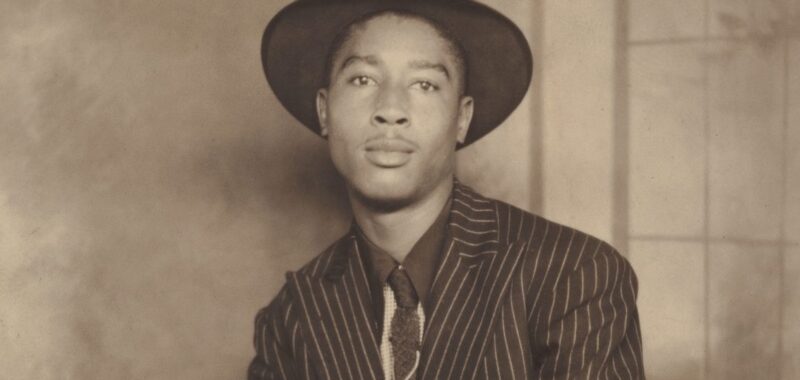
Eighteenth-century livery, 1940s oversized zoot suits, and contemporary ensembles by Black designers including Grace Wales Bonner, Foday Dumbuya, and Pharrell Williams are just a few of the clothing items that will take center stage at the Metropolitan Museum of Art next year. The Met’s spring 2025 costume exhibition, Superfine: Tailoring Black Style, will examine the Black history and culture of dandies — a term historically used to refer to men who devote “an exaggerated attention to personal appearance.”
It will notably be The Met’s first costume exhibition in over two decades to focus on menswear since the 2003 show Braveheart: Men in Skirts, which explored the skirt’s role as a gender-specific clothing item and its historical use as a means to redefine masculine ideals.



Through historical garments and accessories, drawings, prints, decorative arts, paintings, photographs, film, and other ephemera, the Louis Vuitton-sponsored show will trace the cultural trend’s origins from the transatlantic slave trade when the style was forced upon Black men in Victorian England to its 20th-century reclamation by Black and Brown activist communities and reinterpretation by contemporary designers. It will correspond with the costume institute’s annual gala benefit, which has increasingly garnered criticism and sparked protest for its extravagant displays in recent years.
“The history of Black dandyism illustrates how Black people have transformed from being enslaved and stylized as luxury items, acquired like any other signifier of wealth and status, to autonomous, self-fashioning individuals who are global trendsetters,” said Barnard professor and guest curator Monica L. Miller in an announcement from the museum this week. Her 2009 book Slaves to Fashion: Black Dandyism and the Styling of Black Diasporic Identity will serve as the basis for the show.
Andrew Bolton, the Wendy Yu Curator in Charge of The Costume Institute who also organized past shows including Camp: Notes on Fashion and Alexander McQueen: Savage Beauty, told Hyperallergic that the spring exhibition will not only “help diversify the museum’s collection” by allowing it to expand its menswear holdings, but also “tell a story that’s largely absent at the museum and in mainstream menswear fashion.”
“We don’t really have a street style collection at The Met,” Bolton explained in a phone interview, noting that the museum’s menswear holdings largely focus on “high style” designs primarily from the 18th century to the present, with some examples from the 16th and 17th centuries.


While Miller’s research is fairly comprehensive, it still leaves room for the exhibition to analyze aspects of Black dandyism unexplored in her book.
One example he pointed to is the zoot suit — a clothing ensemble that became a popular symbol of resistance in the mid-20th century among Black, Mexican-American, and other marginalized Latine communities. Described as a “badge of delinquency” in a June 1943 Los Angeles Times report (a day before the infamous Zoot Suit Riots), it was worn deliberately oversized that featured heavily padded shoulders, wide lapels, and high-waisted baggy trousers tapered at the ankles.
The show will also feature a conceptual design created by Beacon artist Torkwase Dyson; two sculpted mannequin heads produced by Brooklyn artist Tanda Francis; and new work by photographer and filmmaker Tyler Mitchell. More related programming and public events will be announced at future dates.
“Fashion and dress have been used in a contest of power and aesthetics for Black people from the time of enslavement to the present, and dandyism has long served as a vehicle through which one can manipulate the relationship between clothing, identity, and power,” said Miller.

